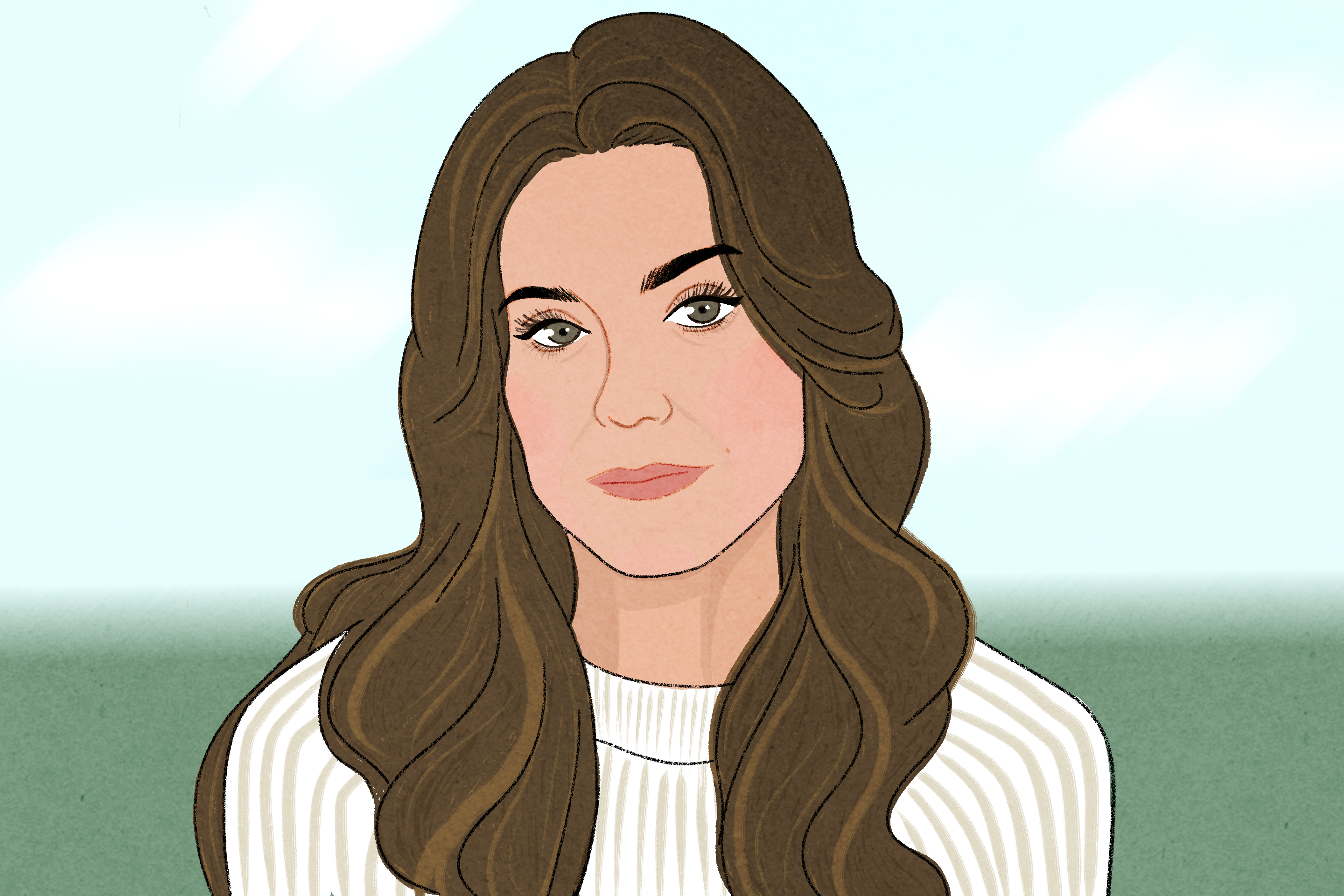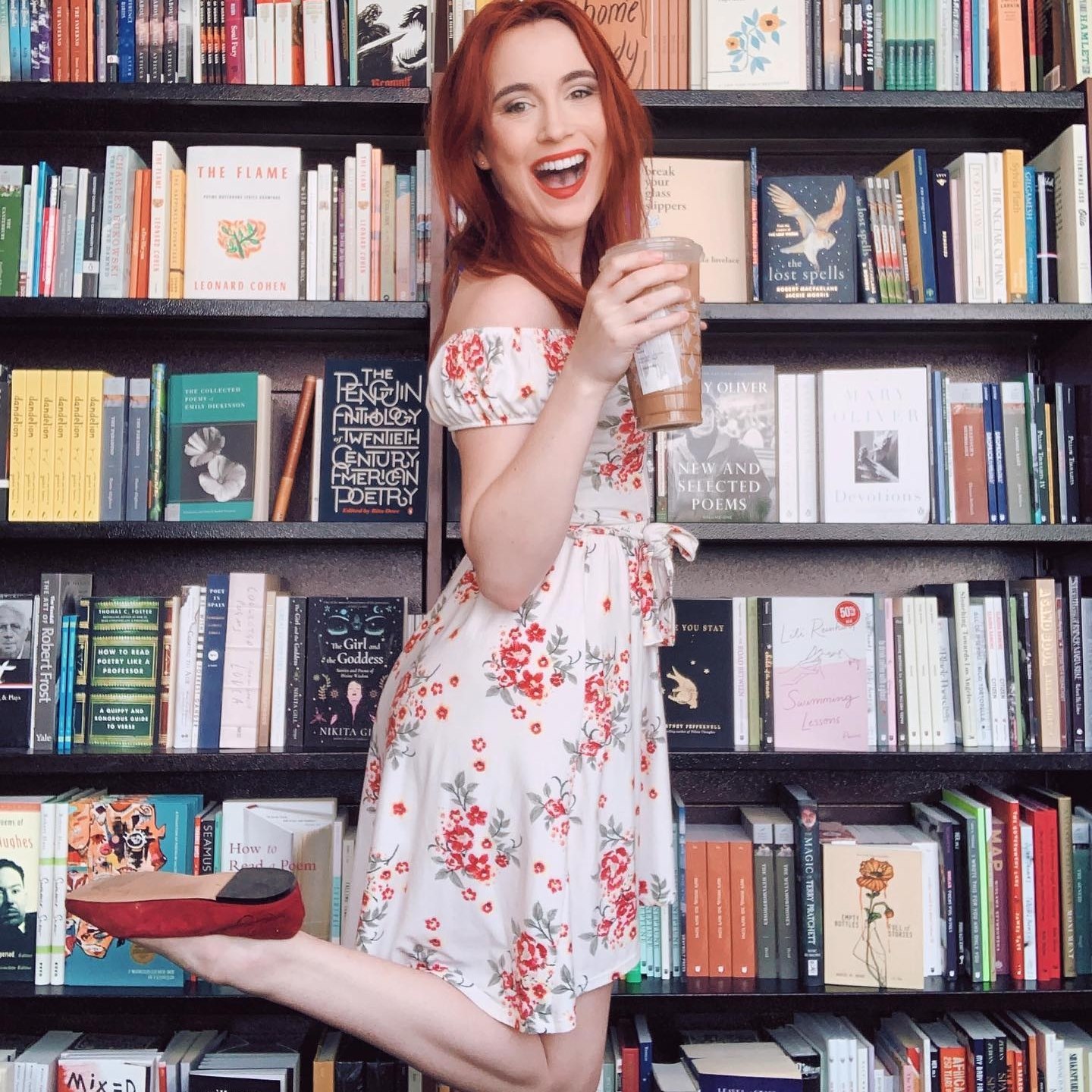Amid America’s enduring fascination with the British monarchy, Kate Middleton’s prolonged absence had left a void filled with questions and intrigue. Speculations ran rampant, fueled by the public’s insatiable thirst for information about the royal family. However, among the clamor, Middleton maintained a dignified silence until the day she resurfaced, revealing her battle with cancer, which had prompted her retreat from the public eye.
The conspicuous absence of Kate Middleton, Duchess of Cambridge, sparked conspiracy theories and interest on social media. As the wife of Prince William and a beloved figure in royal circles, Middleton’s retreat from public view prompts questions about the future direction of the monarchy and its impact on transatlantic perceptions.
Against the backdrop of a storied history of royal spectacle and tradition, Middleton’s lack of appearances served as a poignant reminder of the pressures and responsibilities faced by those thrust into the royal spotlight. While the allure of the monarchy remains undiminished in the eyes of the public, Middleton’s withdrawal invited reflection on the complexities of royal life and the enduring appeal of modern-day idealism. Through exploration of media portrayals, social media dynamics and analysis, the unfolding of the deeper implications of Middleton’s disappearance from the public eye and subsequent health issues resonates within the broader narrative of fascination with British royalty.
Behind the facade of glamor and tradition lies a world fraught with personal challenges and public expectations. Middleton’s decision to disclose her cancer diagnosis, made under intense stress to make some kind of statement as a means to quiet ongoing rumors, showcases the issue of personal privacy and public duty that royals must navigate.
The relationship between the British royals and the press has long been a subject of intense scrutiny. From the early days of print media to the digital age, the public’s insatiable appetite for royal gossip has only grown.
From the decade-old scandal between (the then) Prince Charles and Camilla Parker-Bowles, to Princess Diana‘s tumultuous relationship with the press during her lifetime are prime examples. Particularly, Princess Diana’s struggles with paparazzi intrusion that ultimately ended in tragedy, highlight the dark side of celebrity culture and the invasive nature of tabloid journalism.
More currently, this dynamic of predatory tabloid culture between The Firm, the public, and the royal family pushing members to the brink can be seen through the breakaway of Prince Harry and Megan Markle, the Duchess of Sussex. Markle has not only been repeatedly and negatively compared to Kate Middleton, but also has been subjected to racism, defamation and emotional and mental turmoil.
The royal family and the institution they represent has grappled with a new wave of media criticism and intrigue, fueled in part by the popularity of TV shows like “The Crown,” which offer a fictionalized glimpse into the private lives of the royals.
This heightened interest has led to a sense of entitlement regarding intimate information about the real-life royals by the public. While Kate Middleton’s journey after her abdominal surgery and cancer continue, a proliferation of conspiracy theories and speculation about her welfare continue to rise.
However, the earlier t reports made before Middleton’s diagnosis was made public regarding her lack of public engagements sparked rumors ranging from more dire health concerns to family drama, underscoring the public’s insatiable thirst for information about the royal family.
Social media has further amplified these rumors, allowing them to spread like wildfire across platforms. From X threads dissecting Middleton’s last public photos to Instagram posts analyzing her body language, and TikToks spinning outlandish theories of her true whereabouts, every aspect of her life is subject to intense scrutiny by millions of followers. This constant barrage of speculation can take a toll on even the most seasoned public figures, highlighting the immense pressure faced by those in the royal spotlight.
Yet, despite the endless speculation, Middleton remains a beloved figure on both sides of the Atlantic. Her grace, poise and dedication to charitable causes have endeared her to millions, cementing her status as a modern-day icon. The allure of the monarchy transcends mere celebrity.
As fascination with the British monarchy shows no signs of waning, Middleton’s disappearance and subsequent personal statement revealing her cancer diagnosis serves as a timely reminder of the complexities of royal life. Behind the glitz and glamor lies a world of relentless pressure, where every move is subject to public opinion.
From Princess Diana to Kate Middleton, the royals have captivated audiences with their blend of tradition, glamor and drama. While Middleton’s health and retreat from public view may raise questions about the past and future of the monarchy, one thing remains clear: the royal family’s hold on the public imagination shows no signs of loosening.

















